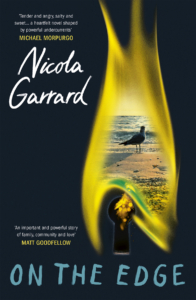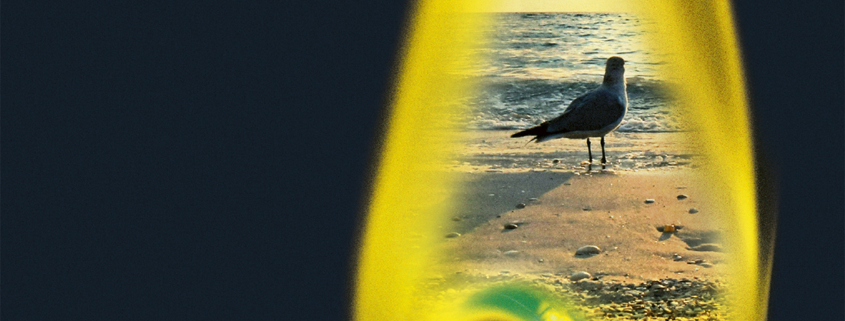On the Edge by Nicola Garrard
‘If you want to change the world, pick up your pen and write.’ Martin Luther King.
In this post, Nicola Garrard, teacher and author of On the Edge, argues there is nothing better than a children’s book to build empathy, prompt nuanced discussion and equip decision-makers of the future.

I write a book when I want something to change. My first novel, 29 Locks, came out of the horror of knife crime. After one of my students was murdered, writing felt like the only thing I could do to process my grief – and the outcome was a novel I hope champions children who are feared, criminalised and forgotten.
My second novel, 21 Miles, was inspired by the hopeful and brave teenage refugees I met whilst volunteering in Calais. Having heard their stories, I couldn’t understand the negative representations portrayed in the media and by politicians. So, knowing that xenophobia slinks back into a dark corner when people meet, I wrote a story to colour in some faces behind the statistics and rhetoric.
Running through my fiction are young people whose joy and success is eroded by inequality and institutional barriers, but who find resistance in family, friendship and community. My third novel, On the Edge, is set in South Devon where I grew up, and where second-home-ownership and underfunding has left families facing homelessness and a generation of NEETs (987,000 nationally) primed for unemployment, drug misuse, ill-health and far-right radicalisation. I hope that the experiences of my fictional teenagers in On the Edge will encourage political engagement – and also warn that where there is anger, the lure of easy answers and extremism is never far behind.
Children’s fiction has a long history of awakening political consciousness. Across the UK, school stock cupboards are full of class-sets of ripped and battered copies of Animal Farm, A Kestrel for a Knave, Skellig and I am David – all wonderful texts – but every year, fiction prizes teem with fantastic new examples of outstanding political writing for children, like Manjeet Mann’s The Crossing, A. M. Dassu’s Boy, Everywhere, historical fiction like Ruta Sepetys’ I Must Betray You, and graphic novels such as Patrice Aggs and Joe Brady’s No Country.
For younger readers, Michael Rosen’s This Is Our House distils wealth disparities and homelessness to the relatable context of a preschool battle for a cardboard box ‘house’, while
David McKee’s Elmer and the Hippos tackles the refugee crisis via a herd of displaced hippos with a climate-related cause – a dried up river. Both prompt conversations about fairness, human rights and kindness.
In YA fiction, Patrice Lawrence’s propulsive dyslexic-friendly novel, Needle, lays bare the shocking treatment of looked-after children in the Youth Criminal Justice System, and asks who should be really be sorry: the child or the state? Clare Furniss’ intricately plotted speculative novel, The Things We Leave Behind, shows British refugees fleeing a England run by a far-right populist party whose policy is to deport those with a parent born abroad. This terrifying dystopia, now a reality in America, is a stark warning.
Children today will experience immense environmental and political upheaval in their lifetimes. Thanks to librarians, teachers and book group organisers choosing fiction that strengthens empathy and sharpens critical thinking, book-inspired conversations will equip the next generation of decision-makers to navigate the impossible choices ahead.
For a collection of 20 books, including On the Edge, that inspire conversations about social inequity, visit LoveReading4Kids.
On the Edge by Nicola Garrard Published by Old Barn Books | PB | 320pp | £9.99 | for readers aged 14+ | ISBN 9781910646755
14th August 2025


